Propane generators are part of many households. However, do they need regulators? After an extensive search, here are the answers we found.
A propane regulator is required to control the pressure of a propane generator. Excessively high pressure can destroy the generator's engine. Moreover, the generator will not generate sufficient power if the voltage is too low.
Propane is ideal for water and space heating, automotive engine fueling, and cooking. Continue reading this article to learn which regulators are suitable.
Regulators On Propane Generators: Why They Are Necessary
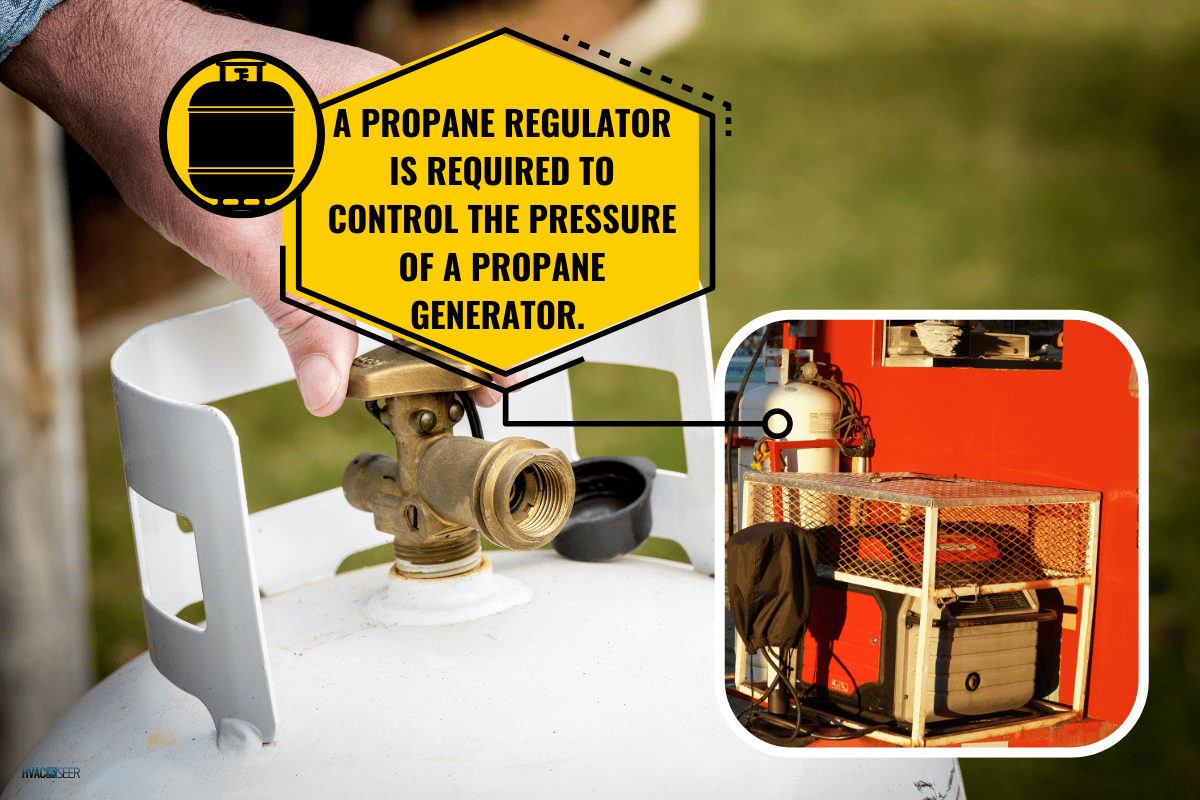
Propane is a liquefied petroleum gas or LPG. It is a gas that is typically compressed and preserved as a liquid. It is odorless, non-toxic, and colorless. However, an identifying odor is usually added to make it detectable.
Propane generators give power by combusting propane. They come in two categories: backup and portable generators. Typically, a regulator is needed to lower the gas pressure at the generator point to safety work levels.
On the other hand, the serving utility pipes supply natural gas from their supply system to the generator. For a practical function, the vent, the diaphragm, and a pressure relief valve are the three components of a propane regulator.
Vent
The regulator can "respire" to function normally thanks to the vent. When there is too much pressure, it serves as a pressure-relief opening. The regulator vent must be clear of debris and dirt for safety reasons.
It needs to be pointed downward, covered, and shielded. Alternatively, it can have an adapter installed that turns the vent hole downwards.
Diaphragm
It is a flexible rubber disc that "senses" variations in pressure. A diaphragm aids the vent in moving upward and downward freely. Blockage in the vent will cause it to malfunction.
Pressure Relief Valve
The regulator body of propane regulators has pressure relief mechanisms. Gas can escape through the regulator vent if the relief valve opens when activated. It functions to change the gas flow to the proper flow.
Click here to see this regulator on Amazon.
How To Change A Propane Regulator
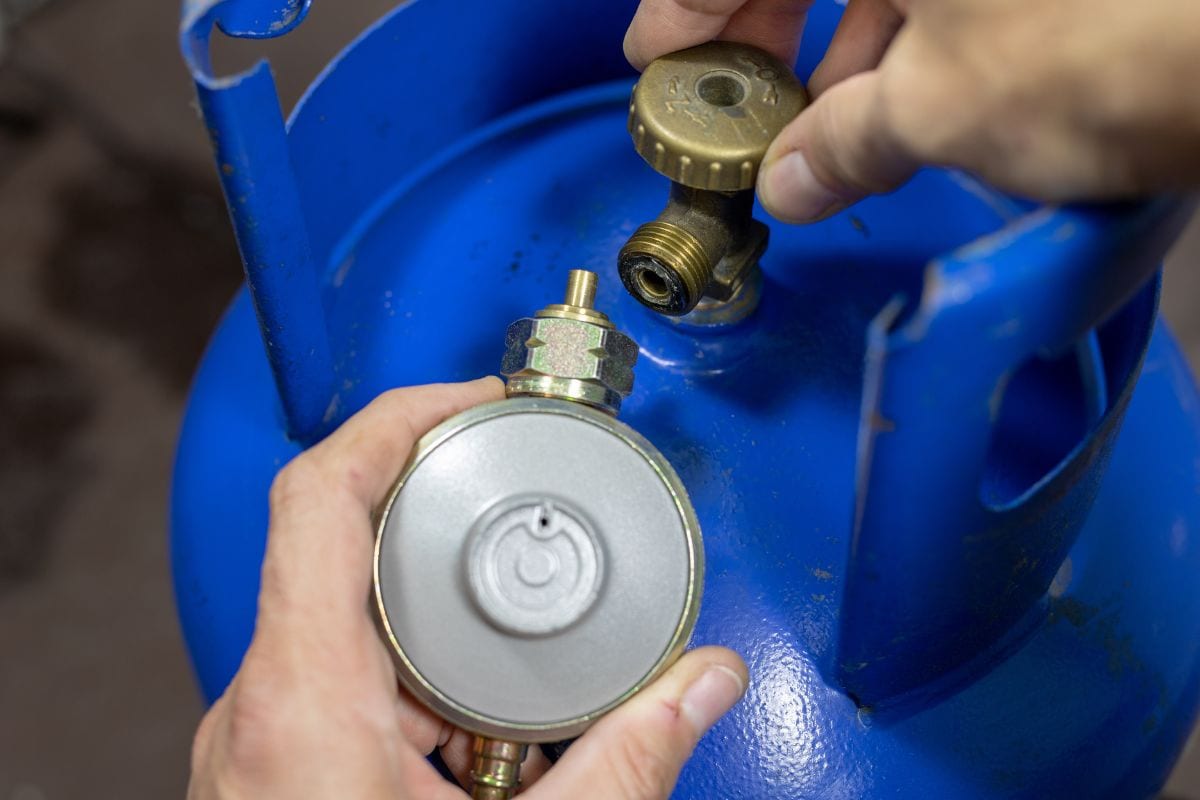
Due to the possibility of flame bursts caused by high-pressure gas surges causing fires in enclosed places, changing a propane regulator is a crucial safety concern.
Regulators have moving parts that are replaceable when worn out. The regulator is the one attached directly to the shut-off valve. If you have a tiny tank that supplies a single appliance, you can safely handle this.
You can follow these simple and easy steps to change an old regulator and replace it with a new one at home:
- Close the valve by turning the handle clockwise before removing your regulator from the tank. The big plastic collar found on many regulators can be unscrewed by hand.
- To disconnect the regulator from the valve, turn this collar or the big nut holding it to the valve counter-clockwise.
- Unscrew the opposite end of the supply hose from its point of attachment. Have the regulator and hose of the right length ready with you.
- Reverse the removal process to replace the regulator using the same tools you used to remove it. Screw the hose onto the appliance fitting and tighten it.
- Remember to test after connecting everything. It's crucial to look for leaks.
Which Regulator Do I Need? High Or Low Pressure?
Generators have different volumes. Therefore, to correctly pick a regulator, you'll need to know the range and gas volume your generator uses. Generally, the output pressure calibrates between one to 60 psi and is effectively controlled by high-pressure regulators.
They come in various styles and may be "preset" to 10 or 20 psi as propane requires utilization at a fixed pressure. The amount of gas supplied to the appliance is decreased using an inline ball valve or needle control valve, either on the hose or built within the appliance.
Usually, a full propane tank may have a pressure of roughly 150 pounds per square inch, which changes depending on the temperature. The regulator releases the propane at a rate that suits your needs.
A low-pressure regulator reduces the gas pressure to six ounces if you require it for:
- Residential application
- Some outdoor gas appliances, such as grills and stoves
- Camping lanterns
Alternatively, high-pressure ones go with the following items because they need more gas:
- Outdoor gas appliances such as high-heat cast iron burners
- Heating vaporizers
Regulator Types For Propane Generators
Since no two regulators are the same, it is critical to consider the type of generator you own before buying a propane regulator. Generators are of two kinds: gasoline and propane. Sometimes, they can accommodate both types of fuel.
The most common types of propane regulators are:
- Automatic changeover regulators which permit the connection of two propane tanks.
- Integral two-stage regulators. It combines a first-stage and a second-stage regulator into a single compact unit. It's ideal for installations with short piping ranges.
- First-stage regulators lower the tank's high-pressure air to a stable intermediate pressure.
- Adjustable high-pressure regulators. The outlet pressure is simply adjustable by turning the knob on the spring and adjusting the screw counterclockwise to reduce and clockwise to increase the pressure as needed.
- Second-stage regulators help reduce high pressure in stages. They need minimal readjustment and offer a more steady delivery pressure regardless of changes in inlet pressure. They are suitable for large-pressure cylinder applications.
- High-pressure regulators work similarly to first-stage regulators.
Choosing The Right Regulator
You may know the generators available but selecting the suitable regulator is vital. These three main factors must be considered when embarking on this task:
- Generator types: Gasoline or propane need different regulators.
- Regulator size: The cost increases with regulator size, and you might need a large regulator if you have a sizable standby generator.
- Manufacturers: You should find the best brand on the market. It will require some investigation because there are many options.
Sizing A Regulator For A Propane Generator
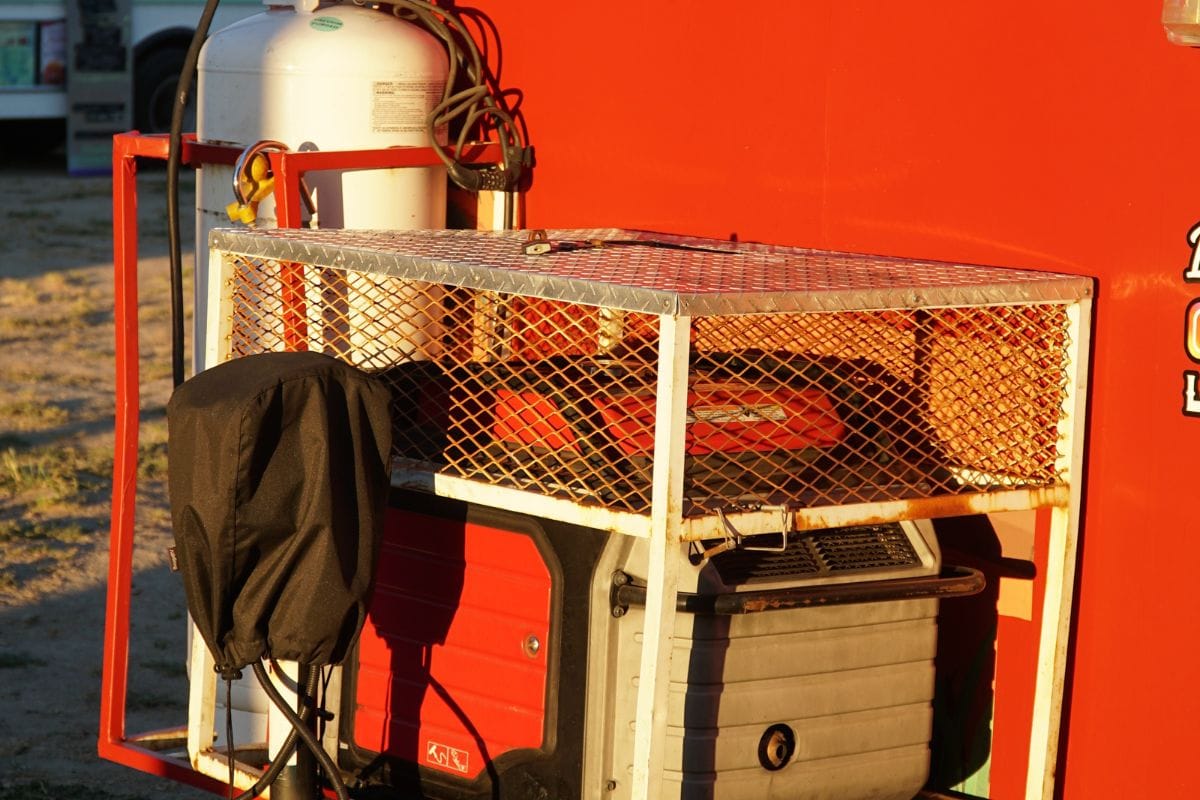
Homeowners should know that to attain the necessary pressure, you must size the gas regulator correctly. If it's too large, too much gas may flow into the device, possibly leading to an explosion. If it's too small, it won't work well or, worse, it won't work at all.
You'll need to look at some pointers to get the exact propane regulator you need. Better yet, reach out to your local gas company to determine where the inlet pressure is listed for safety purposes. Get the gas appliance specifications, as well as the operating instructions.
Most importantly, you must ensure that you look into the following:
- Gas type: Usually, it's propane or natural gas.
- Outlet and inlet pressure: The measurement is usually in ounces, pounds, or inches of the water column.
- Flow rate: Maximum flow rates are cubic feet/hour or BTU/hour.
- Pipe size: A fitted regulator for a propane generator perfectly handles the initial spike in consumption at the beginning.
- Connected load: You must know how many appliances will be connected.
All of the above contribute to a secure connection for indoor and outdoor use.
Click here to see this propane cylinder on Amazon.
Propane-Fueled Generators: Care And Feeding
Propane gas generators of moderate capacity are known for their accessibility and cheap fuel. Their maintenance and repair have minimal environmental risks. However, insufficient fuel often occurs due to miscalculations and tank evaporation.
On the bright side, propane is a clean, burning fuel that is better for the air around you. But never bring it into your home. The best part of using a propane generator is that the fuel doesn't expire when not in use.
If you don't want to bring your activities to a standstill, ensure you maintain your propane generator regularly. Use these tips for your generator to function whenever you need it:
- Look out for leaks.
- Ensure its coolant, oil, and fuel levels are as they should be.
- No debris or dirt should be on the generator.
- Upgrade all filters and old parts.
Although a propane generator is long-lasting, fire it up at least once every 30 days for a few minutes to get fuel around and avoid rust build-up.
Can I Install A Regulator On My Propane Generator?
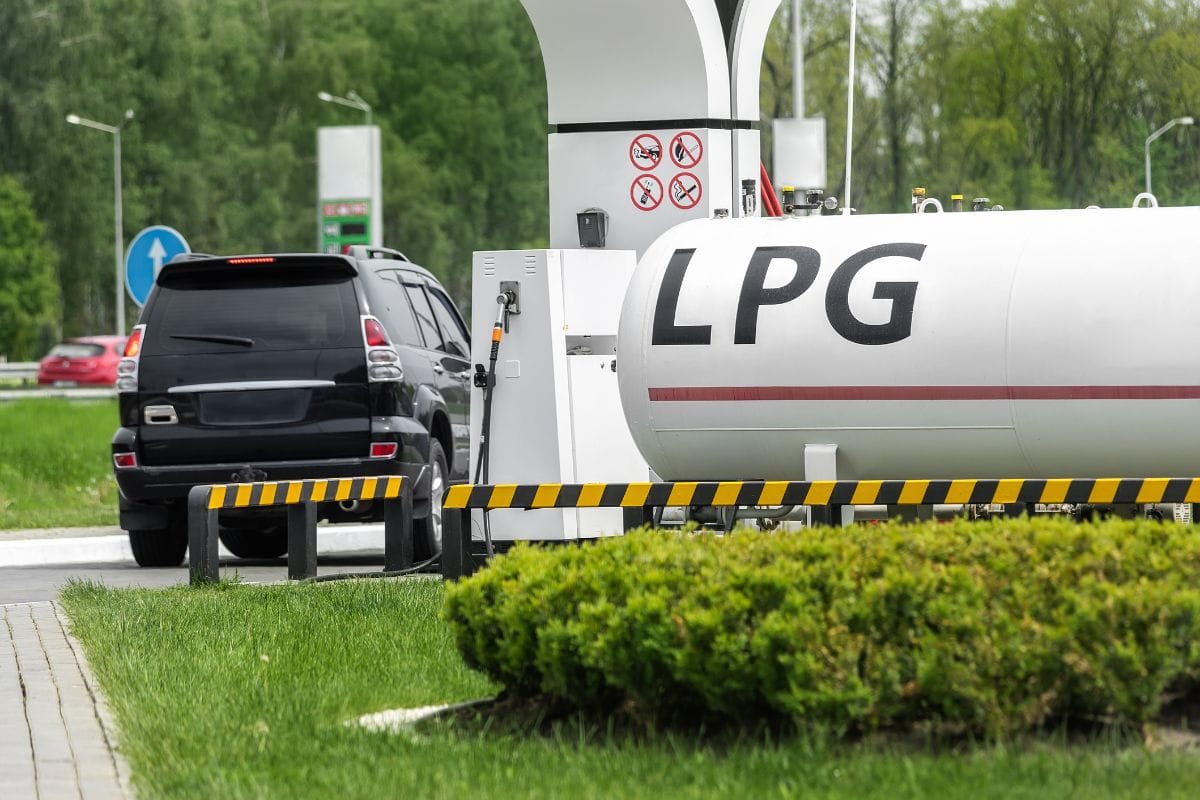
Propane regulator installation can be complicated for first-time LP gas system users. The installation process is not as easy as it may appear. Only LP gas experts should install regulators. But this doesn't apply to regulators used on small tanks connected to single appliances.
Installing a regulator yourself on large propane tanks is risky and primarily illegal. Contact your propane company or an LP gas plumber because it's safer and less expensive. However, if it's your area of expertise, install the regulator cautiously.
Usually, experts do the following:
- Turn off the gas before installing the propane regulator.
- Wipe the fitting with a gentle cloth.
- Put together the regulator hose and attach it to the propane generator.
- Confirm that all connections are secure.
For a more comprehensive picture, watch the following video to learn what the professional you hired is doing:
In Closing
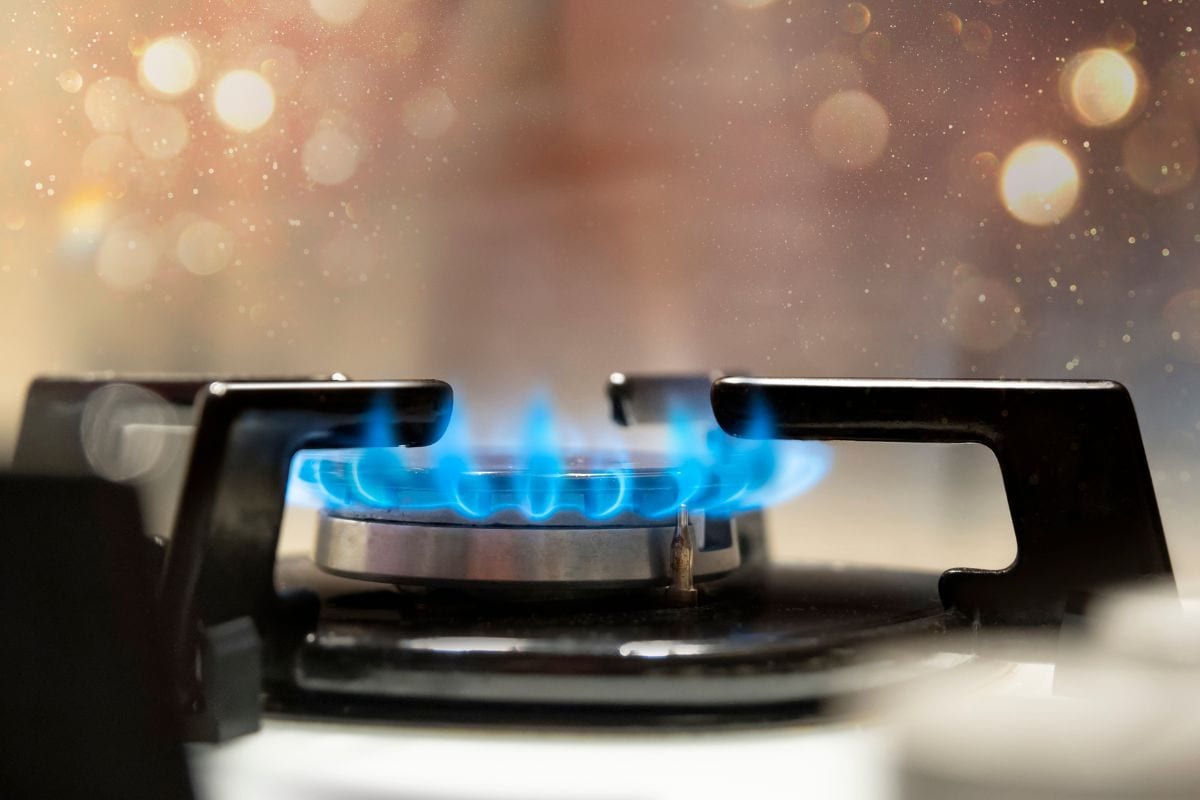
Many prefer propane because it's clean, reliable, affordable, and abundant. As you already know, a regulator for your propane generator is a must.
There are no ifs or buts when choosing a regulator. Safety is paramount, and the right size ensures it is adhered to. Always contact your LPG experts before installing any regulator on your propane generator.
For more informative posts, check out these posts:
How Close Can A Generator Be To A Propane Tank


